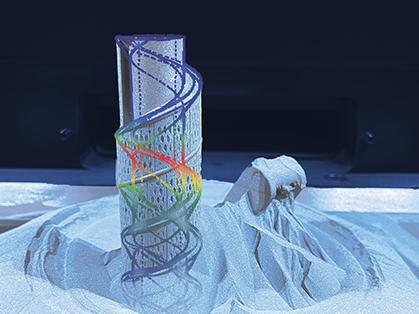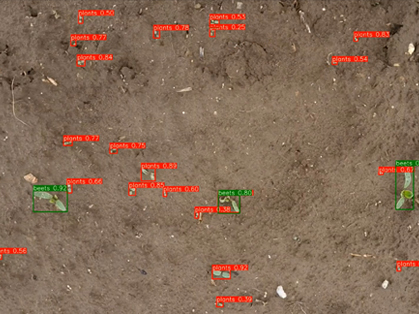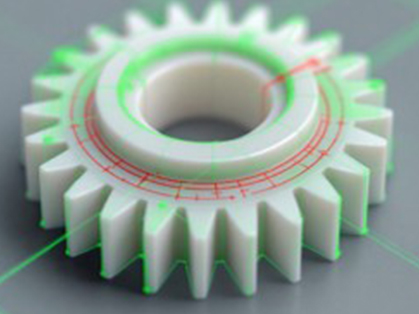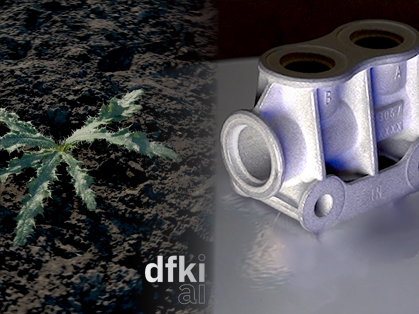AI in Photonics: Enabling, Analysing and Controlling Photonic Processes
Artificial Intelligence (AI) is revolutionising photonics and laser technology. AI systems can process huge amounts of data, recognise patterns and thus be used to make production more efficient. This opens up new possibilities in production optimisation, quality control and process automation.
Our research is dedicated to enabling, analysing and controlling photonic processes using AI. By combining the use of AI with 3D imaging and 3D printing, we aim to push and optimise the boundaries of these fields and enable localization, classification and tracking in real-time.
Our knowledge from using AI in agriculture has equipped us with valuable transferrable skills that we are now applying to other industries such as photonic production.
Contact
Hendrik Sandmann, M. Sc.
Hendrik
Sandmann, M. Sc.
Head of AI in Photonics Group
Abteilung
Life Sciences Department
Research Focus

Component Optimisation
- 3D digitisation
- AI toolpath generation with wear-based optimisation
- Process monitoring: production and repair
- Generating digital shadows:
- Identify deviations
- Stop processes if critical

Tracking
- Fast tracking of components/targets using ML-algorithms
- Short-timespan tracking, e.g. laser beam target tracking in vibrating environments
- Re-identification of objects over extended periods

Analysing and Controlling of Processes
- Analysing laser-material interactions to evaluate process quality
- Highly variable quick parameter customisation
- Enabling high potential laser processing speeds with AI decision makers as feedback in the control loop

Training Data Reduction
- Synthetic data generation including wear and defect simulation to reduce real-data effort
- Human-in-the-Loop labelling assisted by synthetic-data-trained AI models for adaptive feedback
